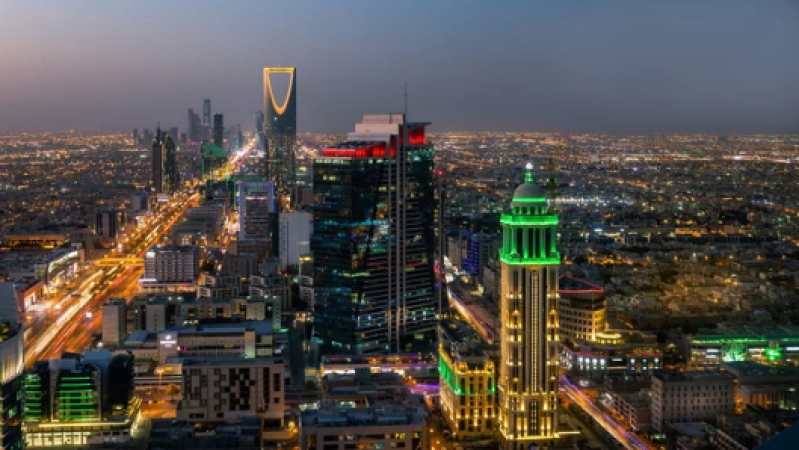
RIYADH: Foreign direct investment in Saudi Arabia decreased by 85% in the second quarter compared to the same period last year, according to a report released by the Ministry of Investment on Tuesday.
The second quarter saw FDI inflows of SR7.9 billion ($2.1 billion), down from around SR51.9 billion during the same time last year.
Saudi Arabia's oil company, also known as Saudi Aramco, closed a deal for SR47 billion in the second quarter of 2021, which the ministry blamed for a drop in FDI inflows.
Also Read: Finance ministry's top officials to appear before Parliament panel on Monday
The kingdom's foreign direct investment rose 46.5 percent year over year when Aramco's initial public offering was taken out of the equation.
In fact, in the second quarter of 2022, the level of FDI has increased by 6.6 percent as compared to the previous three months. In contrast to global trends, which saw a 35.1 per cent decline in inflows in Q2 of 2022 compared to the prior quarter, global FDI funding declined by 19.5% year-on-year.
The Organization for Economic Co-operation and Development member countries saw a decline in the growth rate in FDI inflows. The growth rate of FDI inflows to the euro area declined by 9 percent, while in the US, China, and India it declined by 59.9 percent, 4.4 percent, and 5.5 percent, respectively.
Japan, on the other hand, saw a 100.1 percent increase in the growth rate of investment inflows during that period. Nominal gross fixed capital formation, or GFCFC, rose 36.2 percent year-on-year to reach SR248 million in the second quarter.
The ministry attributed the increase in fixed capital formation to 75.6 per cent in the government sector, which accounts for 14 per cent of the GFCF, and 31.4 per cent in the private sector, which accounts for 86 per cent of the GFCF.
This comes amid initiatives to strengthen the role of the private sector in the Kingdom's economic development process. As a percentage of nominal GDP, GFCF is expected to decline to 23.6 per cent in Q2 2022 as compared to 24.7 per cent in the same quarter last year.
Also Read: RBI Governor, heads of banks review deposit growth
In the second quarter, FDI stock in the Kingdom increased by 0.8 percent to SR 994 billion. The rise in FDI shares is mainly due to the recent policies of Saudi Arabia, which include a variety of facilities and incentives to entice and support foreign investments. As a result, the confidence of foreign investors in the investment climate of the country increased.
Further, from 19 deals in Q3 2021 to 53 deals in Q3 2022, there was an increase of over 178 percent in closed deals.
By the third quarter of 2022, a total of 203 closed deals were reported, representing an increase of 133.3 percent compared to a total of 87 deals during the same period last year.
The entrepreneurship and innovation sector led all other sectors in the breakdown of 53 closed deals, accounting for 47 of them. Other industries with a comparable number of deals include biotech, healthcare, advanced manufacturing, and education and training.
With a total of ten closed deals during the third quarter, the United Arab Emirates led the way in the distribution of deals by nation. The Cayman Islands with four deals, followed by the US British Virgin Islands and the Cayman Islands with three deals each.
All of the above activities fall under the category of encouraging investment in Saudi Arabia and improving the attractiveness of the environment.
Also Read: G20 pledges concerted efforts for a robust global economic recovery
The report quoted the Kingdom's Crown Prince Mohammed bin Salman as saying, "Our country has strong investment potential, which we will use to stimulate our economy and diversify our revenues."